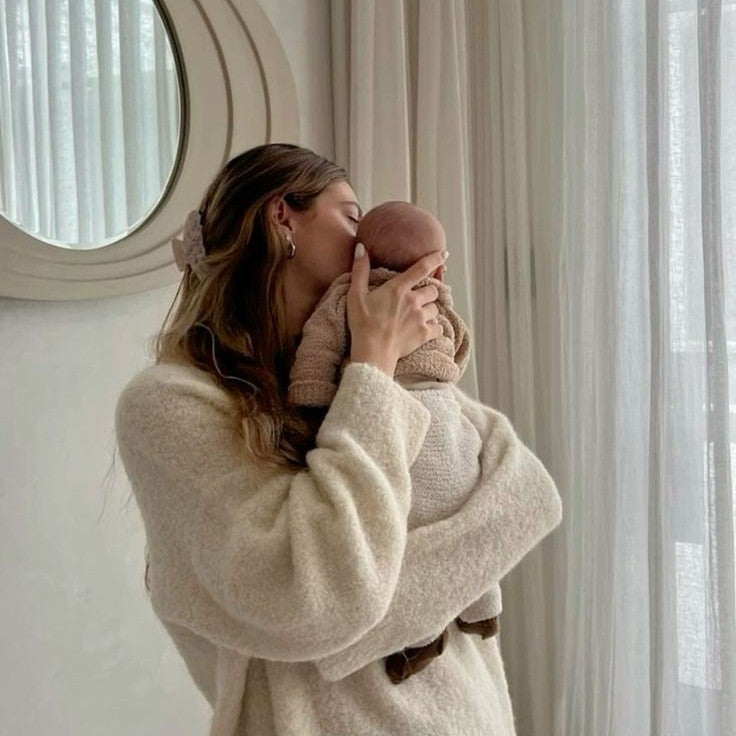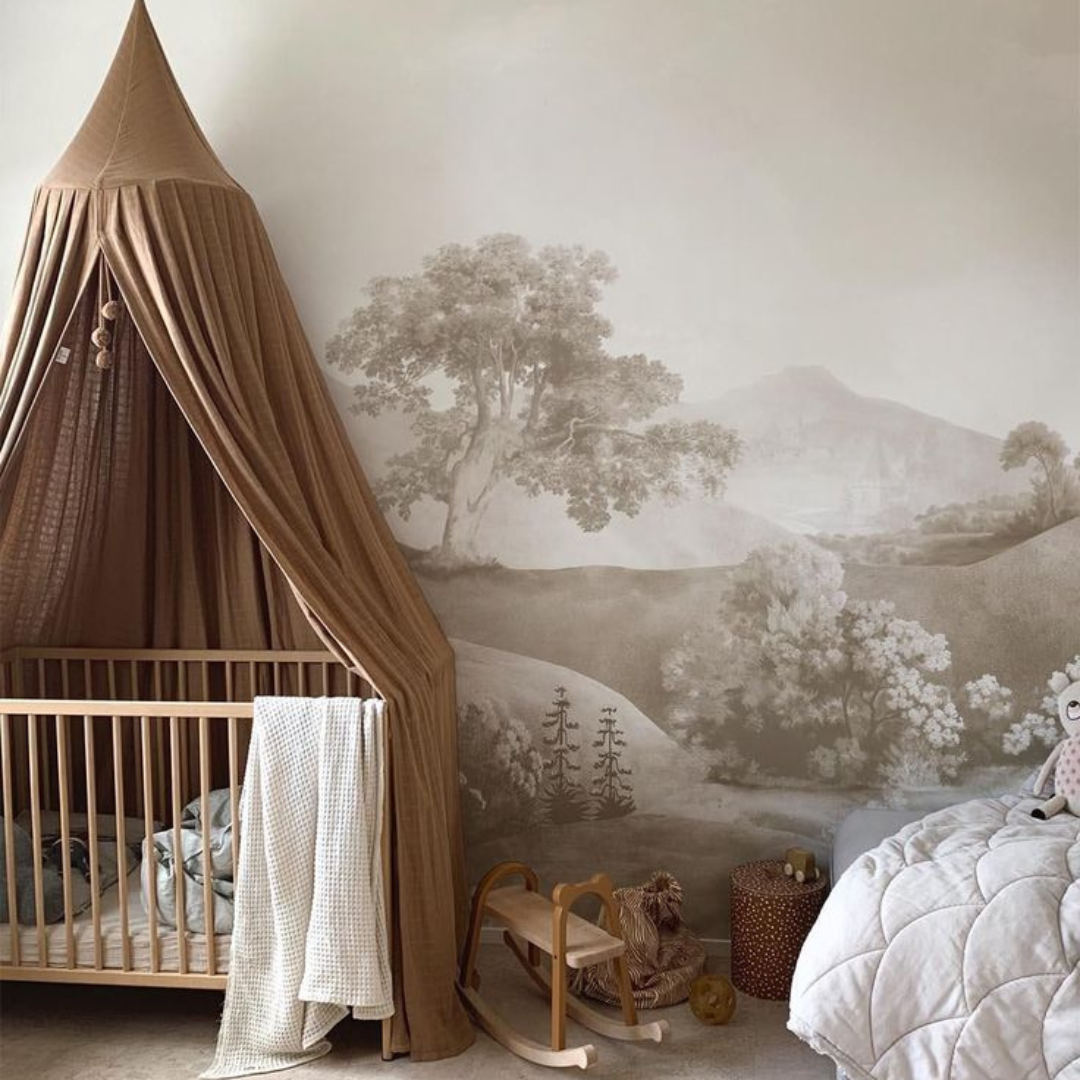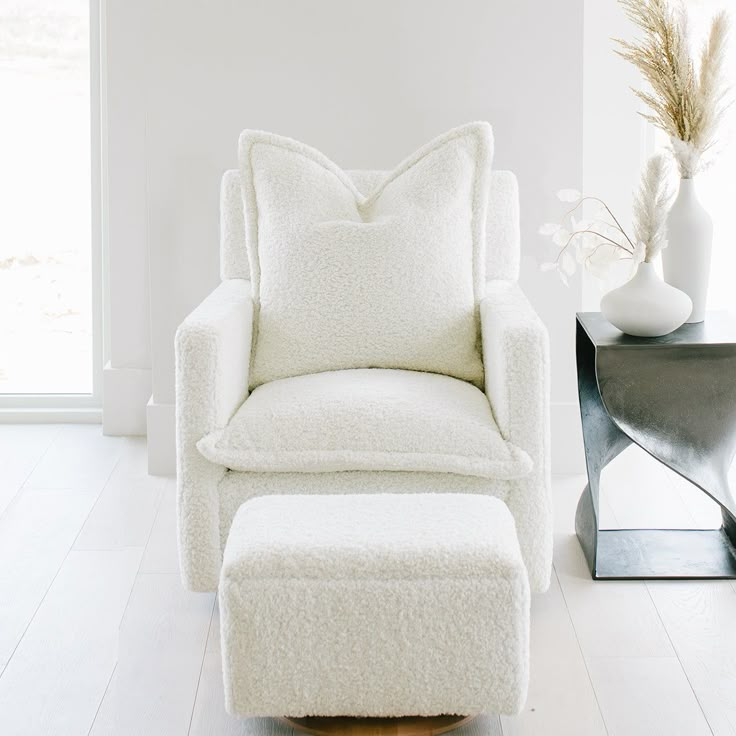
Baby Bedding in New Zealand: What’s Too Hot, Too Cold—and Just Right?
As the days grow shorter and the temperature drops, every new parent wants to make sure their little one is warm and safe—especially at night. But with so much advice out there, and our unique climate to consider, it’s easy to feel unsure about what’s best for your baby’s sleep.
Here’s what you need to know about keeping your baby cosy and safe this winter, from understanding bedding warmth in New Zealand to why wool—especially merino—is a trusted choice for Kiwi families.
What Is the TOG System—and Is It Used Here?
The TOG (Thermal Overall Grade) system, developed in the UK, measures how much warmth a textile provides. In New Zealand, you’ll see TOG ratings mainly on baby sleeping bags and sleepwear. These ratings help take the guesswork out of dressing your baby for sleep, especially when safety is a top concern.
But for most adult duvets and household bedding, TOG ratings aren’t common here. Instead, New Zealand brands use other methods to indicate warmth.
What You'll See Instead of TOG Ratings in NZ
If you’re shopping for baby bedding or sleepwear, look out for these alternatives:
- Fill Weight: Measured in grams, this tells you how much filling (like wool, down, or synthetic fibre) is inside a duvet. More fill usually means more warmth.
- Filling Type: New Zealand is known for its wool, but you’ll also find alpaca, down, and synthetic options—each offering different levels of insulation and breathability.
- Seasonal Labels: Many duvets are marked as “summer weight,” “winter weight,” or “all-season,” giving a quick indication of warmth.
- Descriptive Guidance: Kiwi brands often include helpful notes like “ideal for cold sleepers” or “great for unheated bedrooms” in their product descriptions.
Why Wool and Merino Are Winter Essentials for Babies?
Merino wool is a natural hero for winter bedding. Here’s why so many parents trust it for their babies:
- Regulates Temperature Naturally: Merino helps your baby stay warm without overheating. It adapts to both your baby’s body temperature and the room environment—perfect for our unpredictable winter nights.
- Breathable and Moisture-Wicking: Merino absorbs moisture without feeling damp, keeping your baby dry and comfortable through the night.
- Supports Better Sleep: Studies show babies sleep longer and more deeply in merino. They also settle faster and cry less.
- Gentle on Sensitive Skin: Merino is hypoallergenic, ultra-soft, and ideal for babies with eczema or sensitive skin.
- Durable and Easy to Care For: It’s naturally odour-resistant, retains its shape, and is often machine washable—a practical bonus for busy parents.
- Sustainable and Safe: Wool is renewable, biodegradable, and naturally flame-resistant—an added layer of safety for your baby’s sleep space.
How to Keep Your Baby Cosy (and Safe) This Winter
Here are some simple guidelines for dressing your baby and preparing their sleep space:
- Room Temperature: Keep your baby’s room between 16°C and 20°C. A room thermometer can help on colder nights.
- Dress in Layers: Start with a cotton or merino bodysuit, and add a sleep suit or sleeping bag suitable for the room’s temperature.
- Choose the Right Sleeping Bag: For winter rooms below 20°C, look for sleeping bags rated 2.5–3.5 TOG. Merino sleeping bags are a great option.
- Blankets: If using a blanket, choose lightweight wool or merino. Tuck it firmly under the mattress and below your baby’s arms to avoid it riding up.
- No Loose Bedding: Avoid duvets, pillows, or loose blankets in the cot for babies under 12 months to reduce the risk of suffocation or overheating.
Final Tips for a Snug, Safe Winter
- Feel, Don’t Guess: Check your baby’s chest or back (not hands or feet) to make sure they feel warm but not sweaty.
- Adjust Layers as Needed: Add or remove a layer depending on how your baby feels—always erring on the side of avoiding overheating.
- Trust Your Instincts: Every baby and home is different. If you’re unsure, reach out to your Plunket nurse or GP for personalised advice.
Winter in New Zealand can be chilly—but with the right knowledge and the natural magic of wool, you can keep your baby safe, warm, and sleeping soundly!



